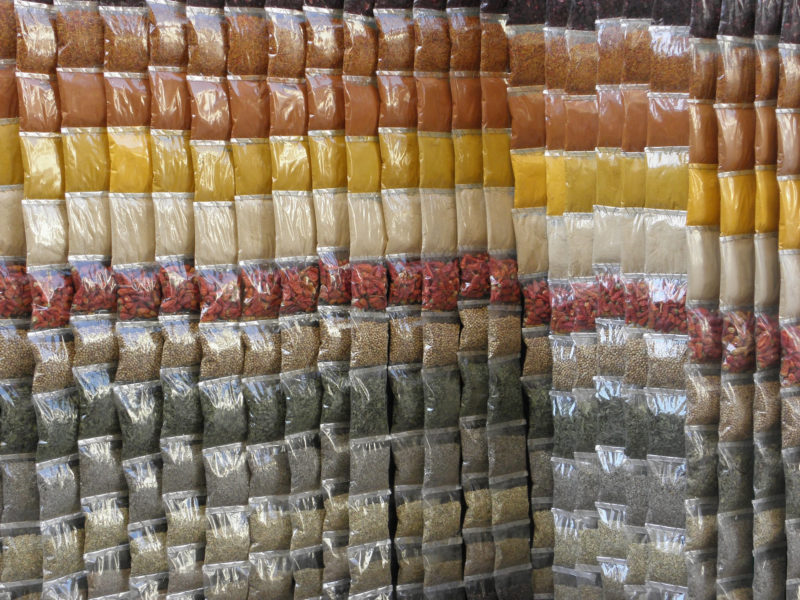These days companies are increasingly touting their earth friendly, sustainable and renewable materials like compostable plastic cups and straws.
Georgia Institute of Technology has created a new substance made with crab shells and tree fibers that may be used instead of pliable plastic packaging to keep food fresh.
The group had been looking into chitin for a reason that is unrelated and they wondered if it may have use within meals packaging.
They had also been looking at cellulose nanocrystals for several years and exploring ways to improve those for use in lightweight composites as well as food packaging, because of the huge market opportunity for renewable and compostable packaging, and how important food packaging overall is going to be as the population continues to grow.
Cellulose, which originates from plants and many forms of algae, could be the planet’s most typical biopolymer that is natural, followed next by chitin, that is found in shellfish, bugs and fungi.
“We recognized that because the chitin nanofibers are positively charged, and the cellulose nanocrystals are negatively charged, they might work well as alternating layers in coatings because they would form a nice interface between them,” Meredith said.
The group devised a strategy to develop a material by suspending chitin and cellulose nanofibers in water and spraying them onto an area in alternating levels. The brand new product is manufactured by spraying numerous levels of chitin from crab shells and cellulose from trees to make a new nature based flexible material similar to packaging film that is synthetic. When completely dried, the material is flexible, strong, compostable and clear.
Packaging meant to preserve food has to prevent air from passing through. Part of the reason the new material improves existing main-stream plastic packaging is because of the crystalline framework of this film.
“The main benchmark that we compare it to is PET, or polyethylene terephthalate, one of the most common petroleum-based materials in the transparent packaging you see in vending machines and soft drink bottles,” said J. Carson Meredith, a professor in Georgia Tech’s School of Chemical and Biomolecular Engineering. “Our material showed up to a 67 percent reduction in oxygen permeability over some forms of PET, which means it could in theory keep foods fresher longer.”
“It’s difficult for a gas molecule to penetrate a solid crystal, because it has to disrupt the crystal structure,” Meredith said. “Something like PET on the other hand has a significant amount of amorphous or non-crystalline content, so there are more paths easier for a small gas molecule to find its way through.”
Environmentalists have long researched renewable approaches to replace materials which are petroleum-based products. A viable flexible packaging alternative, aided by the quantity of cellulose currently produced and a ready method of getting chitin-rich byproducts remaining from the shellfish meals industry, there is likely more than enough resources available to result in the brand new alternatives.
Nevertheless, there’s more work required. A production process that maximizes economy of scale will need to be developed to really make the new material sooner or later competitive with existing flexible packaging. Furthermore, while industrial processes to mass produce cellulose are mature, ways to harvest chitin are in their infancy. And, more research can be needed to enhance the product’s ability to block water vapor.
Related Journal Article: https://pubs.acs.org/doi/10.1021/acssuschemeng.8b01536

